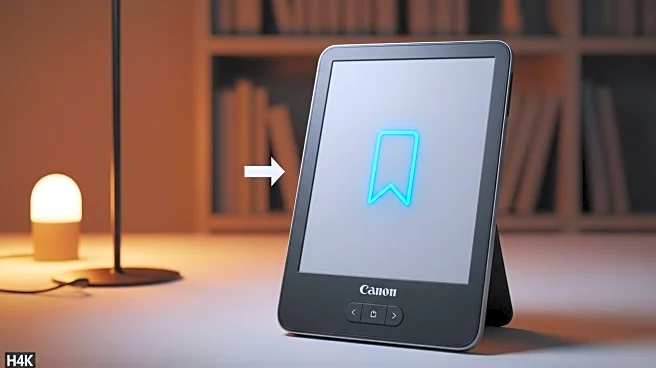What's Happening?
Kobo ereaders are transitioning from using Pocket to Instapaper for their read-it-later service. This change comes after Mozilla decided to shut down Pocket in May 2025, prompting Rakuten, the parent company of Kobo, to integrate Instapaper as a replacement. Instapaper allows users to save articles for offline reading, similar to Pocket, and offers features such as liking, deleting, and archiving saved content. The integration aims to ensure that Kobo users continue to have access to a reliable article-saving service.
Why It's Important?
The transition from Pocket to Instapaper on Kobo ereaders is significant for users who rely on these devices for reading and content management. Instapaper's integration ensures continuity in service, allowing users to maintain their reading habits without disruption. This change reflects broader trends in the tech industry, where companies are consolidating resources and focusing on core products. For Kobo, the integration with Instapaper enhances its value proposition and strengthens its position in the competitive ereader market.
What's Next?
As Kobo users adapt to the new Instapaper integration, Rakuten may monitor user feedback to refine the service and address any issues. The company could explore additional features to enhance the reading experience, such as support for handwritten annotations on devices with styluses. Competitors in the ereader market may respond by developing similar integrations to maintain competitiveness. The transition may also influence broader industry trends, as companies seek to optimize their product offerings and streamline operations.
Beyond the Headlines
The transition from Pocket to Instapaper raises questions about the future of digital content management and the role of read-it-later services in consumer habits. As companies continue to innovate, there may be increased focus on enhancing user experience and catering to diverse consumer needs. This trend could lead to broader discussions about the cultural significance of digital reading and its impact on consumer preferences.











